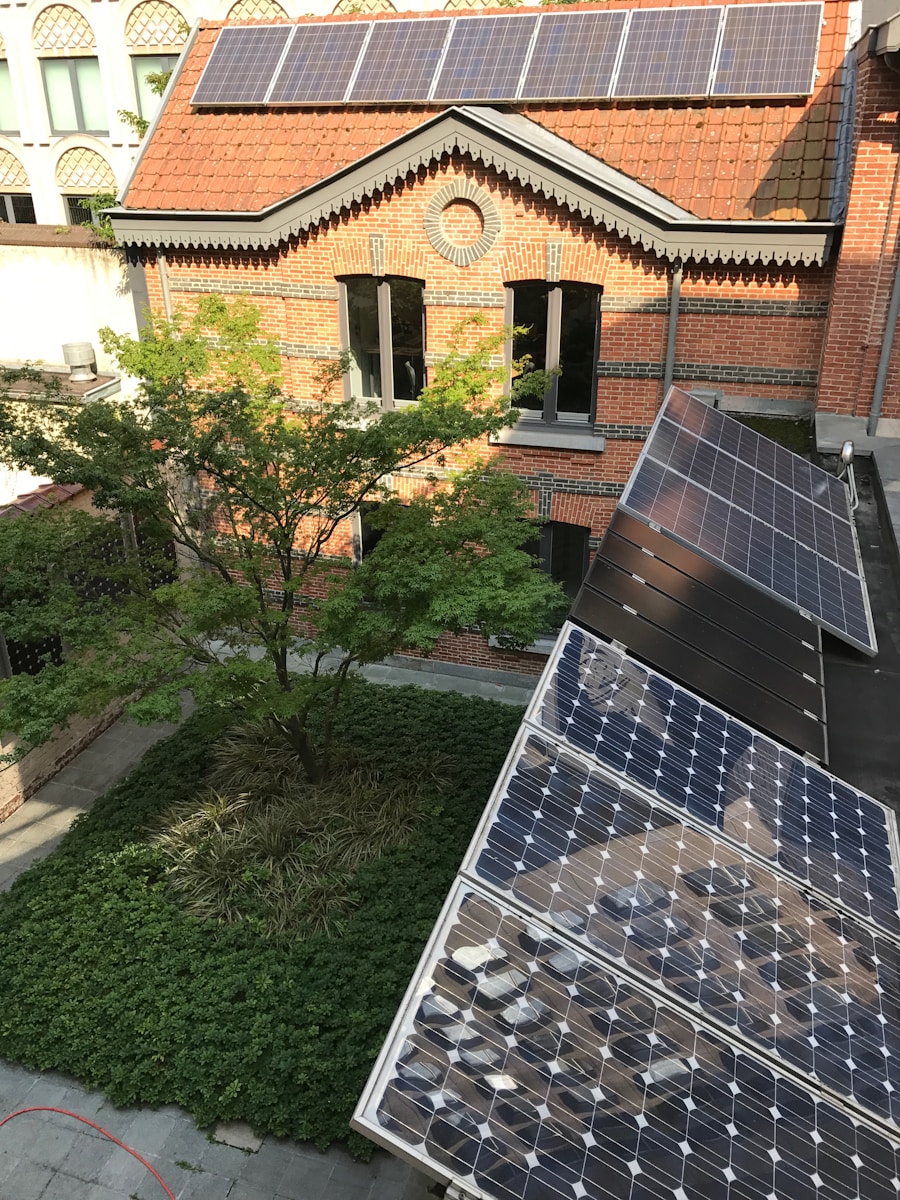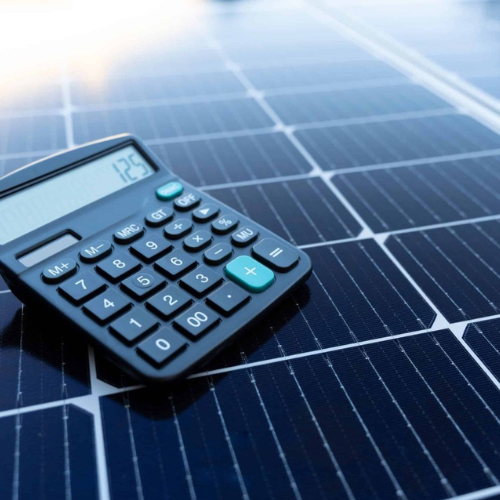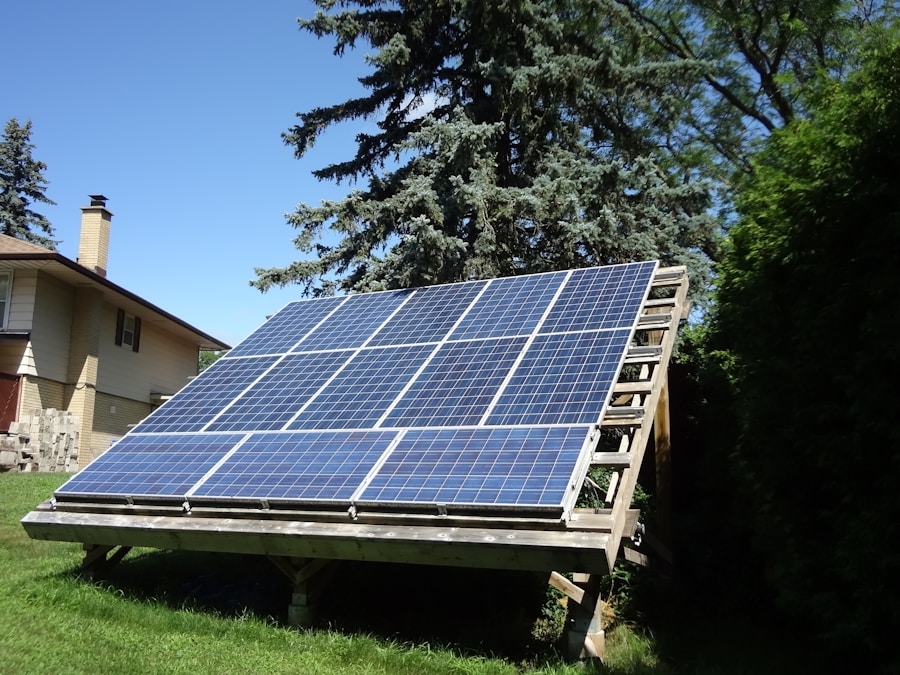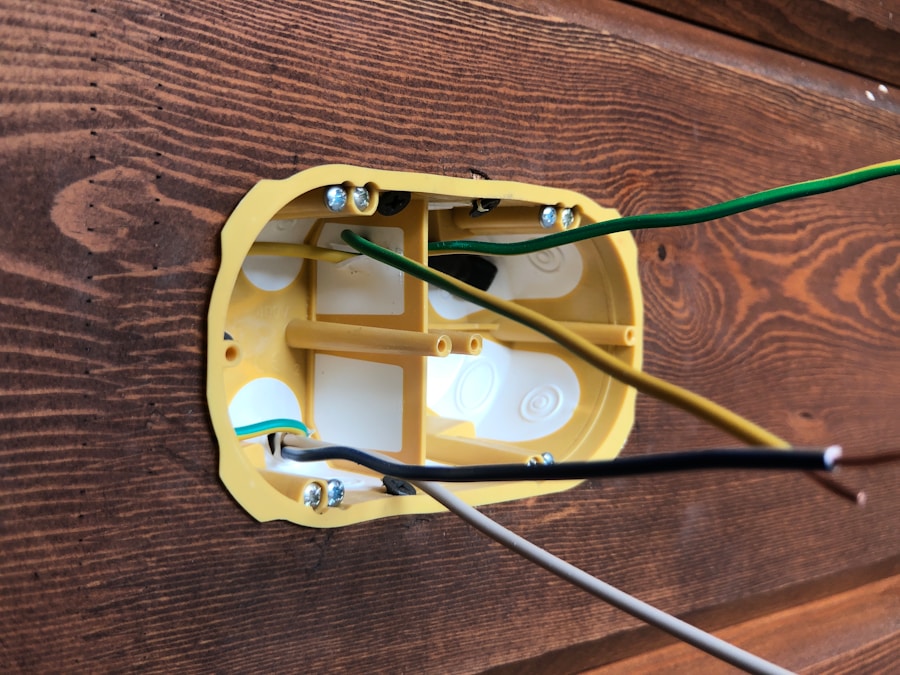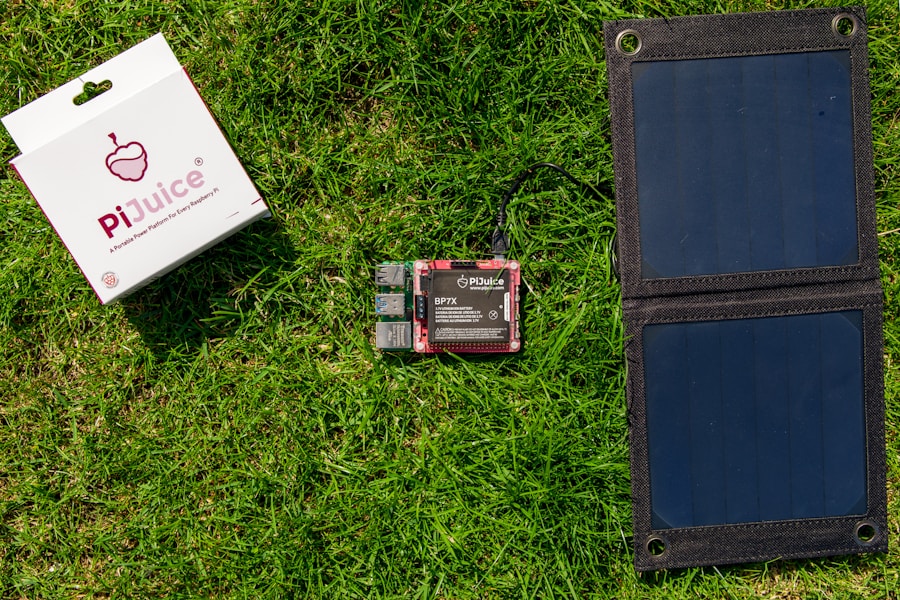Contents
- 1 Choosing the Right Solar Panels for Your Home
- 2 Connecting Solar Panels to Your Home’s Electrical System
- 3 Ensuring Safety and Compliance with Electrical Codes
- 4 Maximizing the Efficiency of Your Solar Panel System
- 5 Monitoring and Maintaining Your Solar Panel System
- 6 Understanding Net Metering and Selling Excess Energy
- 7 Government Incentives and Rebates for Solar Panel Installation
- 8 FAQs
- 8.1 What are the benefits of connecting solar panels to house electricity?
- 8.2 What equipment is needed to connect solar panels to house electricity?
- 8.3 Do I need a professional to connect solar panels to house electricity?
- 8.4 How much electricity can solar panels generate for a house?
- 8.5 What is the process for connecting solar panels to house electricity?
- 8.6 Are there any incentives for connecting solar panels to house electricity?
When you think about solar panels, you might envision sleek, shiny panels soaking up the sun’s rays on a rooftop. But there’s much more to these remarkable devices than meets the eye. At their core, solar panels are designed to convert sunlight into electricity, harnessing a renewable energy source that is both abundant and sustainable.
The technology behind solar panels has evolved significantly over the years, with advancements in materials and efficiency making them more accessible and effective for homeowners like you. Solar panels primarily operate through photovoltaic (PV) cells, which are made from semiconductor materials, typically silicon. When sunlight hits these cells, it excites electrons, creating an electric current.
This process is known as the photovoltaic effect. Understanding this fundamental principle can help you appreciate the potential of solar energy in reducing your carbon footprint and lowering your electricity bills. As you delve deeper into the world of solar energy, you’ll discover various types of solar panels, including monocrystalline, polycrystalline, and thin-film options, each with its unique advantages and disadvantages. Get your free solar assessment at https://www.solarenergy4u.org/free-pro-advice/.
Key Takeaways
- Solar panels convert sunlight into electricity through photovoltaic cells
- Consider factors such as efficiency, durability, and warranty when choosing solar panels for your home
- It’s important to hire a qualified professional to connect solar panels to your home’s electrical system
- Ensure safety and compliance with electrical codes by following local regulations and obtaining necessary permits
- Maximize efficiency by regularly cleaning and maintaining your solar panel system
Choosing the Right Solar Panels for Your Home
Selecting the right solar panels for your home is a crucial step in your journey toward energy independence. With numerous options available on the market, it can be overwhelming to determine which type best suits your needs. One of the first considerations should be the efficiency of the panels.
Monocrystalline panels are known for their high efficiency and sleek appearance, making them a popular choice for homeowners with limited roof space. On the other hand, polycrystalline panels tend to be more affordable but may require more space due to their lower efficiency. Another factor to consider is the warranty and lifespan of the solar panels.
Most reputable manufacturers offer warranties ranging from 25 to 30 years, which can give you peace of mind regarding your investment. Additionally, it’s essential to evaluate the performance of the panels in various weather conditions. Some panels perform better in low-light situations or high temperatures, which can be particularly relevant depending on your geographical location.
By carefully weighing these factors, you can make an informed decision that aligns with your energy goals and budget.
Connecting Solar Panels to Your Home’s Electrical System
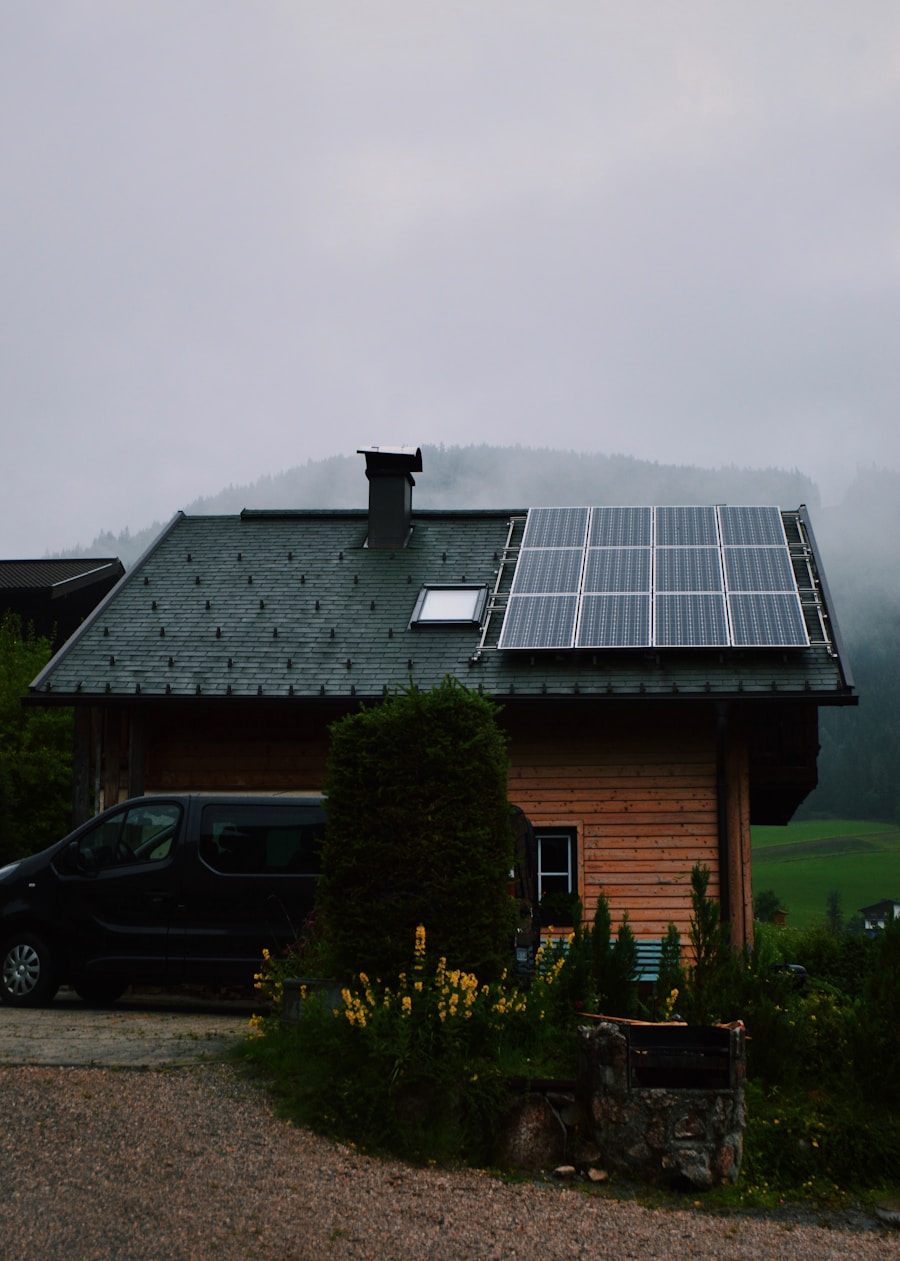
Once you’ve chosen the right solar panels for your home, the next step is connecting them to your electrical system. This process typically involves installing an inverter, which converts the direct current (DC) generated by the solar panels into alternating current (AC) that your home appliances use. There are different types of inverters available, including string inverters, microinverters, and power optimizers.
Each type has its advantages and disadvantages, so it’s essential to choose one that fits your specific setup. In addition to the inverter, you’ll need to consider how to integrate your solar panel system with your existing electrical infrastructure. This may involve upgrading your electrical panel or installing additional safety equipment such as circuit breakers or disconnect switches.
It’s crucial to work with a qualified electrician or solar installer who can ensure that everything is connected safely and efficiently. By taking these steps, you can enjoy a seamless transition to solar energy while maximizing the benefits of your new system.
Ensuring Safety and Compliance with Electrical Codes
| Electrical Code | Compliance Rate | Safety Incidents |
|---|---|---|
| National Electrical Code (NEC) | 95% | 12 |
| International Electrotechnical Commission (IEC) | 90% | 8 |
| Occupational Safety and Health Administration (OSHA) Standards | 85% | 15 |
Safety should always be a top priority when installing solar panels and connecting them to your home’s electrical system. Each region has specific electrical codes and regulations that govern solar installations, and it’s essential to comply with these standards to ensure both safety and legality. Familiarizing yourself with local codes can help you avoid potential fines or complications down the line.
Working with a licensed solar installer can significantly ease this process, as they will have experience navigating local regulations and ensuring that your installation meets all necessary requirements. They will also be familiar with safety protocols, such as proper grounding techniques and circuit protection measures. By prioritizing safety and compliance, you can enjoy peace of mind knowing that your solar panel system is not only efficient but also secure.
Maximizing the Efficiency of Your Solar Panel System
To get the most out of your solar panel system, it’s essential to focus on maximizing its efficiency. One of the most effective ways to do this is by ensuring that your panels are installed at the optimal angle and orientation for sunlight exposure. In general, south-facing roofs tend to receive the most sunlight throughout the day, but factors such as shading from trees or nearby buildings can impact performance.
Consulting with a solar expert can help you determine the best placement for your panels. Additionally, regular maintenance plays a vital role in maintaining efficiency. Keeping your solar panels clean and free from debris can significantly enhance their performance.
Dust, dirt, and bird droppings can obstruct sunlight and reduce energy production. Depending on your location, you may need to clean your panels periodically or hire a professional service to do so. By taking these proactive steps, you can ensure that your solar panel system operates at peak efficiency for years to come.
Monitoring and Maintaining Your Solar Panel System

Monitoring your solar panel system is essential for understanding its performance and ensuring that it operates efficiently over time. Many modern systems come equipped with monitoring software that allows you to track energy production in real-time through a smartphone app or web portal. This technology enables you to identify any issues quickly and take corrective action if necessary.
Regular maintenance is equally important in keeping your system running smoothly. While solar panels are generally low-maintenance, it’s wise to schedule periodic inspections with a qualified technician who can check for any signs of wear or damage. They can also assess the inverter’s performance and ensure that all electrical connections are secure.
By staying proactive about monitoring and maintenance, you can extend the lifespan of your solar panel system and maximize its energy output.
Understanding Net Metering and Selling Excess Energy
One of the most appealing aspects of installing solar panels is the potential for net metering, which allows you to sell excess energy back to the grid. When your solar panel system generates more electricity than you consume, this surplus energy can be fed back into the grid, often resulting in credits on your utility bill. Understanding how net metering works in your area is crucial for maximizing the financial benefits of your solar investment.
Net metering policies vary by state and utility company, so it’s essential to research local regulations before proceeding with installation. Some regions offer favorable net metering rates that can significantly enhance your return on investment over time. Additionally, keep in mind that selling excess energy may require specific equipment or permits, so consulting with a knowledgeable installer can help you navigate these requirements effectively.
Government Incentives and Rebates for Solar Panel Installation
As you consider making the switch to solar energy, it’s important to explore available government incentives and rebates that can help offset installation costs. Many countries offer tax credits or rebates for homeowners who invest in renewable energy systems like solar panels. In the United States, for example, the federal solar tax credit allows you to deduct a significant percentage of your installation costs from your federal taxes.
In addition to federal incentives, many states and local governments provide additional rebates or grants for solar installations. These programs can vary widely depending on where you live, so it’s worth researching what options are available in your area. By taking advantage of these incentives, you can significantly reduce the upfront costs associated with installing solar panels and accelerate your return on investment.
In conclusion, transitioning to solar energy is an exciting opportunity that offers numerous benefits for homeowners like you. By understanding how solar panels work, choosing the right system for your needs, ensuring safety and compliance with regulations, maximizing efficiency through monitoring and maintenance, and exploring financial incentives, you can make informed decisions that lead to a successful solar installation. Embracing this renewable energy source not only contributes to a more sustainable future but also empowers you to take control of your energy consumption and costs.
If you are looking to connect solar panels to your house electricity, it is important to understand the terminology associated with solar energy. Check out this solar energy glossary to familiarize yourself with key terms. Additionally, you can refer to this solar installation guide for step-by-step instructions on how to properly install solar panels. By following these guidelines, you can save big with solar energy, as outlined in this article: Save Big with Solar Energy.
FAQs
What are the benefits of connecting solar panels to house electricity?
Solar panels can help reduce electricity bills, decrease reliance on traditional energy sources, and lower carbon footprint.
What equipment is needed to connect solar panels to house electricity?
You will need solar panels, a solar inverter, mounting hardware, wiring, and a connection to the house’s electrical system.
Do I need a professional to connect solar panels to house electricity?
It is recommended to hire a professional solar installer to ensure the system is installed correctly and safely.
How much electricity can solar panels generate for a house?
The amount of electricity generated by solar panels depends on factors such as the size of the system, location, and amount of sunlight received.
What is the process for connecting solar panels to house electricity?
The process involves installing the solar panels on the roof or in a sunny area, connecting the panels to the solar inverter, and then connecting the inverter to the house’s electrical system.
Are there any incentives for connecting solar panels to house electricity?
Many governments offer incentives such as tax credits or rebates for installing solar panels, as well as the opportunity to sell excess energy back to the grid.

